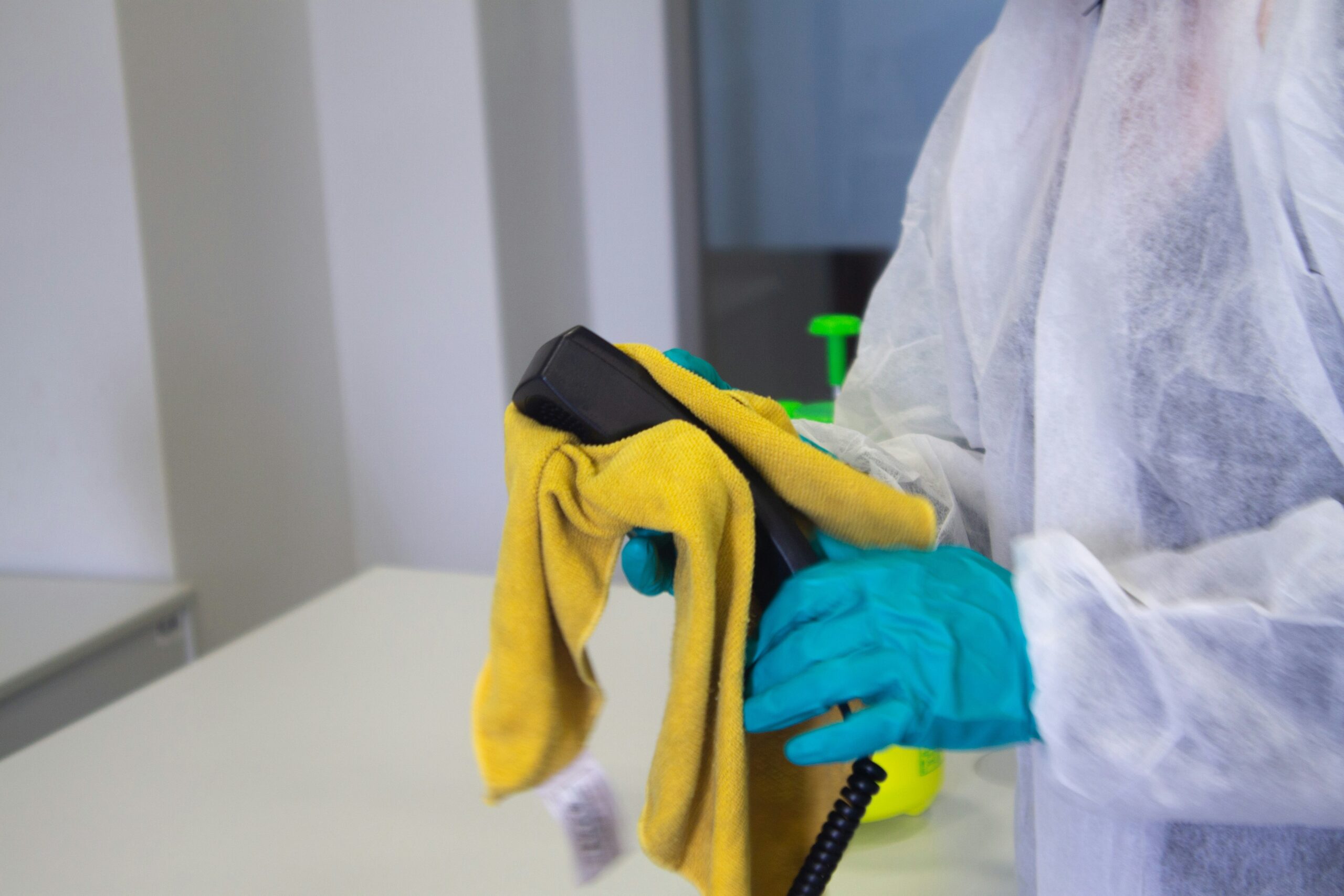“Ever had your camera die mid-shoot or a microphone cut out during a live interview? Yeah, we’ve been there too.”
If you work in media production, maintaining your equipment isn’t just about prolonging its lifespan—it’s also critical for protecting your bottom line. Did you know that over 60% of media companies face unexpected equipment failures annually, often leading to costly insurance claims? Today, we’ll unpack how following equipment maintenance guidelines can save you money—and headaches—while ensuring your media insurance stays affordable.
In this guide, you’ll learn:
- The most common mistakes that lead to equipment failure (and how to avoid them).
- A step-by-step process for implementing maintenance routines.
- Tips from industry pros on keeping costs down.
Table of Contents
- Key Takeaways
- Why Equipment Maintenance Matters for Media Professionals
- Step-by-Step Guide to Maintaining Your Gear
- Top Tips for Preventative Care
- Examples of Good vs. Bad Maintenance Habits
- Frequently Asked Questions
- Conclusion
Key Takeaways
- Failing to maintain your gear increases the risk of expensive repairs and insurance premiums.
- A proactive approach to maintenance saves time and improves workflow efficiency.
- Regular inspections help identify potential issues before they escalate into major problems.
- Working with reputable insurers familiar with media-specific needs is essential for coverage.
Why Equipment Maintenance Matters for Media Professionals
“Confession: I once used an unchecked SD card because I was rushing to meet a deadline. Spoiler alert: it corrupted every file from that shoot.”
Media professionals rely heavily on their tools—from cameras to audio recorders to lighting rigs. Yet, all too often, these tools are neglected until it’s too late. Imagine losing footage worth thousands of dollars due to improperly maintained storage devices. Or worse, having no backup plan when your drone crashes mid-flight!
Here’s why ignoring equipment upkeep could cost you more than just stress:
- Higher Insurance Premiums: Insurers might charge extra—or even deny claims—if negligence is suspected.
- Downtime Costs: Lost productivity during downtime adds up quickly, especially if you’re self-employed.
- Reputation Damage: Clients won’t stick around long if you consistently deliver subpar results due to broken gear.

Step-by-Step Guide to Maintaining Your Gear
Let’s dive into actionable steps you can take right now to keep your equipment running smoothly.
Step 1: Create a Maintenance Checklist
Think of this as your “gear pre-flight checklist.” For example:
- Inspect cables for fraying or kinks.
- Clean lenses using microfiber cloths.
- Test batteries under load to ensure they hold charge.
Optimist You:* ‘This will be quick and easy!’
Grumpy You: ‘Yeah, tell that to my back after crawling under desks to unplug tangled wires.’
Step 2: Schedule Regular Deep Cleaning
Set aside dedicated time each month to deep-clean sensitive components like sensors and filters.

Step 3: Use Manufacturer Recommendations
Follow official manuals—for real this time. They exist for a reason.
Top Tips for Preventative Care
- Temperature Control: Store equipment in climate-controlled environments. Extreme heat or cold can wreak havoc.
- Data Backups: Never trust one hard drive alone. Use RAID systems or cloud backups for critical files.
- Don’t DIY Repairs: Unless you’re certified, leave complex fixes to professionals. One wrong move can void warranties or cause further damage.
Rant Alert: Why do people still ignore backup protocols?! It’s maddening watching creatives lose months’ worth of work because they thought “it wouldn’t happen to me.” Chef’s kiss to preventable disasters.
Examples of Good vs. Bad Maintenance Habits
| Habit | Outcome |
|---|---|
| Cleaning lenses weekly | Sharp, professional-quality visuals; fewer replacements needed. |
| Ignoring warning lights | Costly emergency repair bill mid-production. |
Pro Tip: Check out Ian McAllister’s YouTube channel. He shares practical tutorials on extending gear life through meticulous care routines.
Frequently Asked Questions
Q: How often should I clean my camera equipment?
A: At minimum, perform basic cleaning weekly and deep dives monthly.
Q: Does regular maintenance affect my insurance rates?
A: Absolutely! Many policies offer discounts for clients who demonstrate responsible ownership practices.
Q: What happens if I skip a scheduled inspection?
A: Skipping inspections increases the likelihood of unnoticed wear-and-tear becoming catastrophic failure.
Conclusion
Maintaining your media equipment doesn’t have to feel overwhelming. By sticking to a routine and leveraging manufacturer resources, you’ll not only extend the life of your gear but also protect yourself financially via reliable insurance coverage. Remember, preventative action beats panic every single time.
And here’s a final nugget to chew on:
Lenses sparkle bright, Audio hums without a hitch— Maintenance wins.


